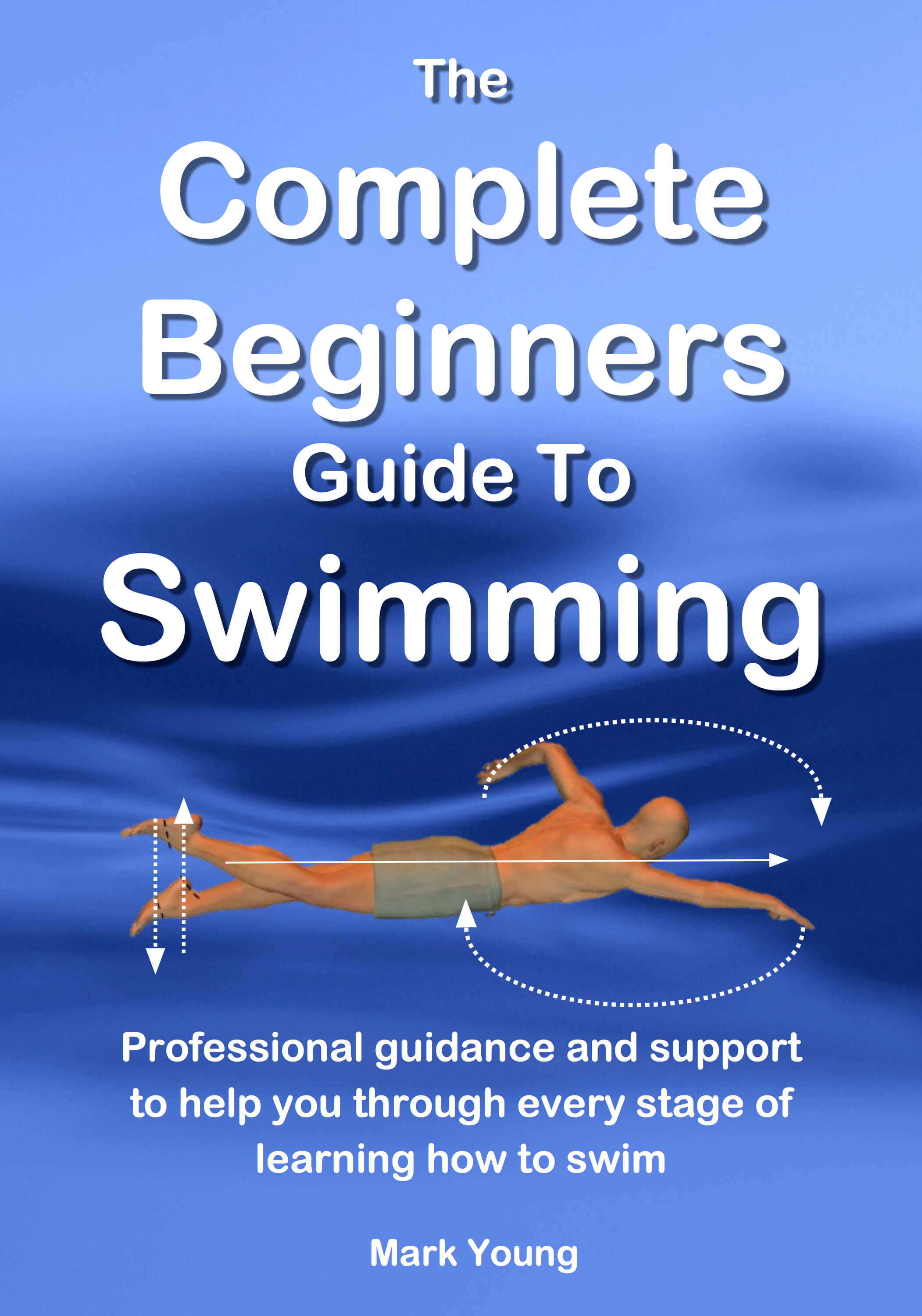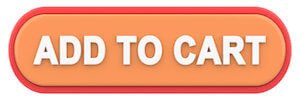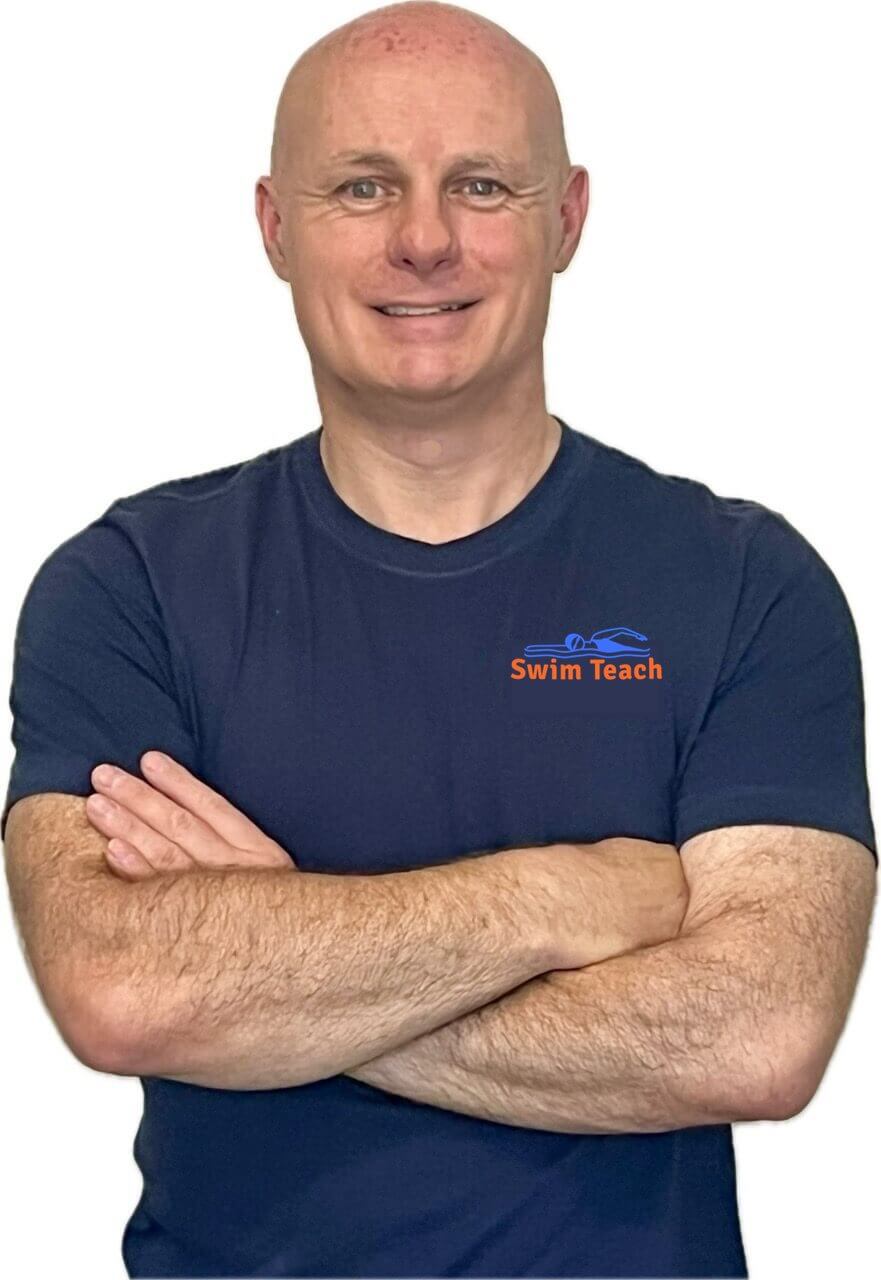- Swim Teach Home
- tips for beginners
- Learn Swimming Online for Beginners
Learn Swimming Online For Beginners
how to swim for beginners - a step-by-step guide
Looking for some step-by-step guidance to learn swimming online for beginners? Welcome to Swim Teach! I'm Mark Young, swimming teacher for over 30 years. Thanks for visiting. How to swim for beginners can be a scary task, but I'm excited to pass on my knolwledge and experience to help build your confidence and help get you swimming.
Everything you need is right here. All the basics from floating and breathing, to submerging and swimming the four basic swimming strokes.
Simply scroll down and click through to the parts you need most. No technical jargon, no sign-up, no cost. Just simple help and support. So dive in and let's get going!
Safety First!
It's important to stay safe in and around water, so remember:
- Never swim alone
- Learn the basics
- Use buoyancy aids correctly
- Stay within your depth
- Get professional lessons
The beginners learning to swim steps provided here are for guidance only. Learning how to swim should be done under the guidance of a qualified swimming instructor, in a purpose built swimming pool, under strict supervision.
If you are a complete beginner or non-swimmer, NEVER enter a swimming pool alone.
How To Swim For Beginners
The first key elements for beginners to practise and become familiar with are crucial and will make learning stroke technique much easier. These elements are:
- submerging
- breathing
- floating
- regaining standing
- gliding
Step 1: submerging
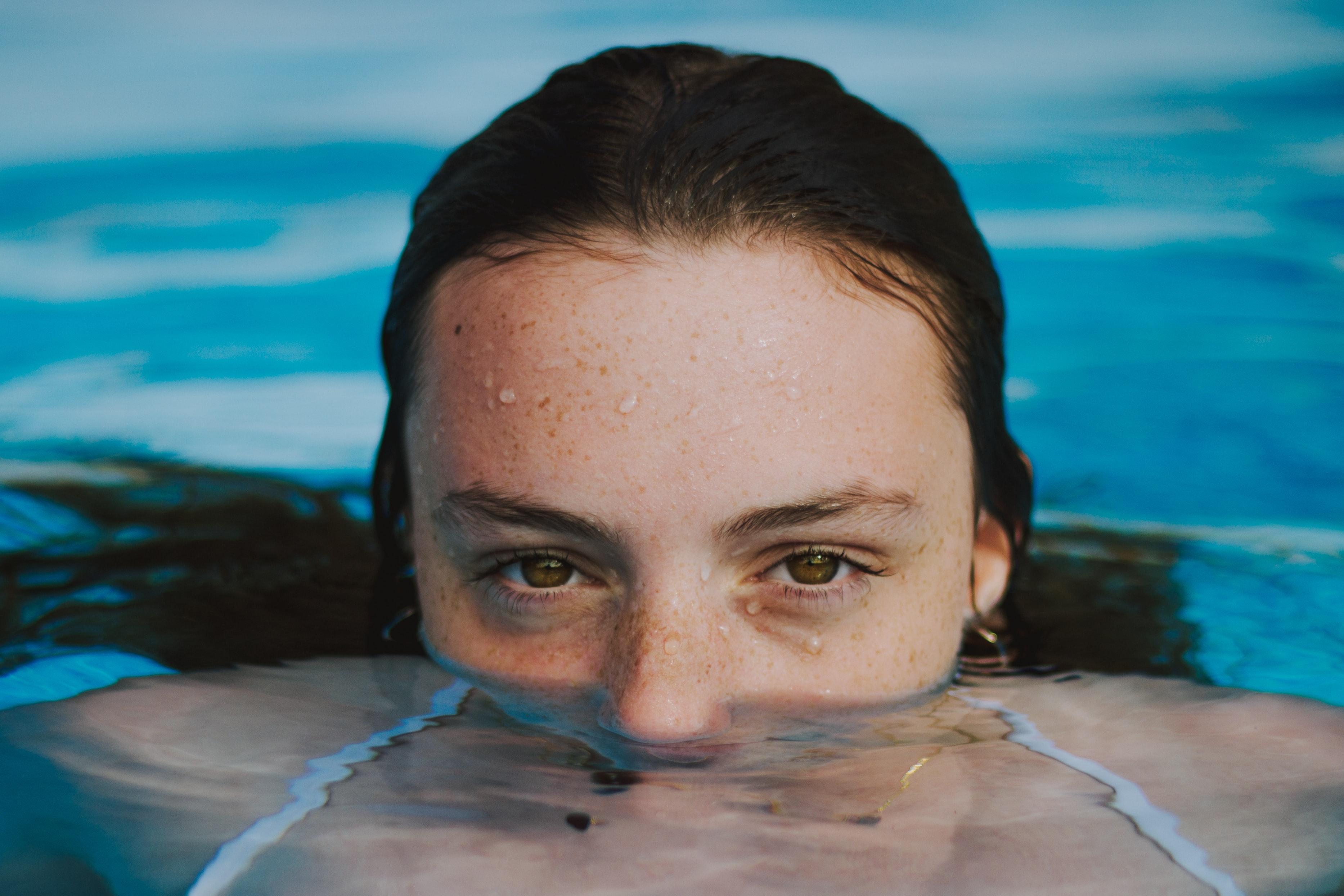
Getting used to the sensation of having water on your face, around your mouth and nose and over your head as you submerge, is a crucial element to learn and experience. Click here to learn how to submerge.
Step 2: breathing
Learning how to hold your breath and then let your breath out in the most efficient way is the next most important step to learn. Holding our breath causes many physiological changes that affect how our body behaves in the water. Experiencing these sensations and learning how to deal with them is an important step. Click here to learn how to breathe in the water.
Step 3: floating
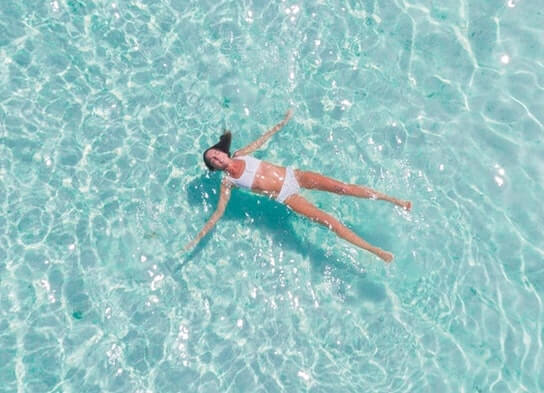
Not everyone is able to float naturally, but discovering your level of buoyancy and learning how to keep your body at the water's surface is an essential skill when learning how to swim. Click here to learn floating at the surface and as you swim.
Step 4: regaining a standing position
Learning how to stand up mid swim is one of the most overlooked skills when beginners learn how to swim. Regaining a standing position from floating or swimming is a key skill and hugely important for boosting confidence in the non-swimmer. Click here to discover how to stand up mid-swim.
Step 5: gliding
Gliding not only allows us to get a 'feel' for the water, but teaches us how efficient our body moves through the water. Creating a streamlined shape (with hands and feet together) allows our body to cut through the water, making us move and swim using less effort and energy. Click here to learn how to glide through the water.
For a complete guide to learning how to swim for beginners, download 'The Complete Beginners Guide To Swimming'. Everything you need in one pdf document. Click here or the link below.
Download THE Swimming Book for Beginners. (click here for an instant preview)
Conquer your fears, master the basics and polish your swimming technique to perfection. The Complete Beginners Guide to Swimming is the book to support you all the way.
Learning the swimming strokes
Which swimming stroke will you find the easiest to learn? Everyone is different, but it will be either front crawl or breaststroke.
Breaststroke is usually the easiest for an adult beginner to learn because you can swim it with the head above the water, and the movements of the arms and legs can be relatively slow and give some balance and stability.
Some beginners find the arm and leg movements of front crawl (or freestyle as it is often called) more manageable, but they can also find the stroke very tiring and, as a result, can be put off by this.
Most swimming teachers use the BLABT approach when teaching swimming strokes, so the same approach is recommended when you learn swimming online for beginners. BLABT stands for:
Body position
Legs
Arms
Breathing
Timing.
Each swimming stroke is broken down into these parts, which are then learnt individually before putting the stroke together. It is a very effective way of learning what each part of your body should be doing. Click on a swimming stroke below to find out more, and then on an individual part to learn that too.
Learn Swimming Online For Beginners - The Ultimate Guide
Need everything in one place? Download the ultimate swimming guide for beginners pdf. All the essentials from floating, breathing and gliding, to how to swim all four basic strokes and all the relevant drills you will need - all in one pdf file. Click here for an instant preview. or below to download your copy today!
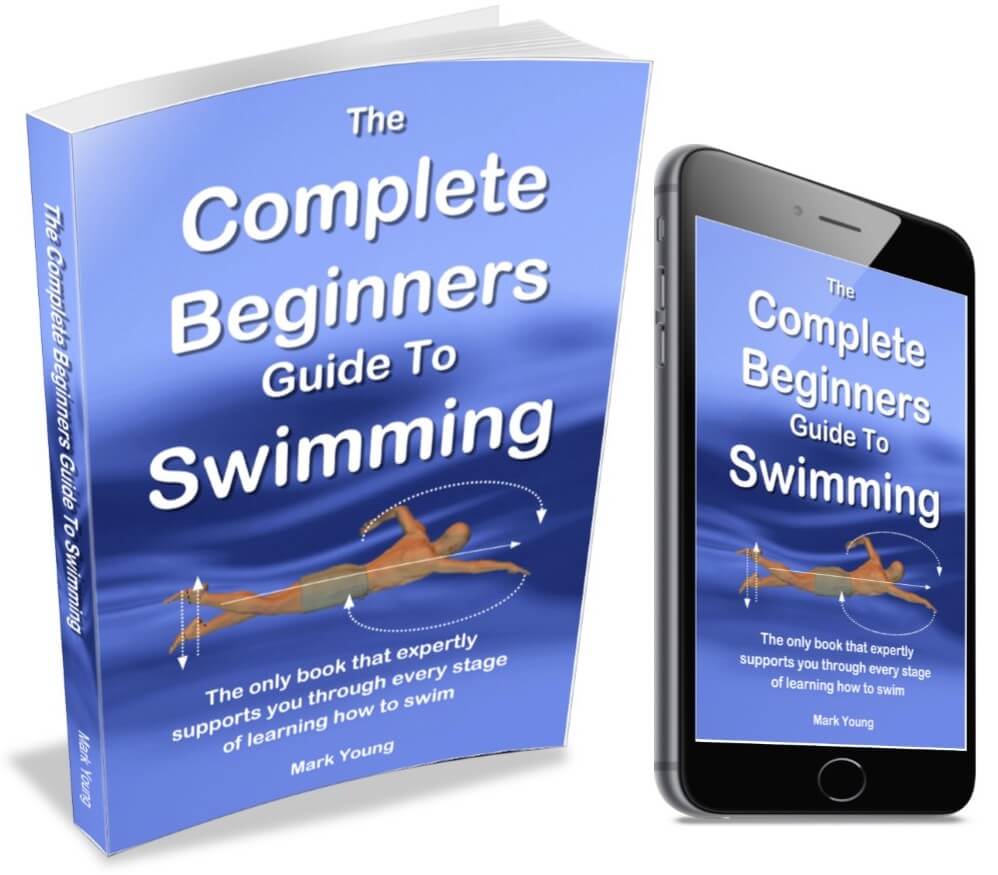 The Complete Beginners Guide To Swimming
The Complete Beginners Guide To Swimming$14.99

I am a member of the Amazon Associates Program and I will earn a commission from qualifying purchases at no extra cost to you.
Real-Life Questions and Answers
I am getting frustrated learning to swim. I am a fit and healthy 61-year-old non-swimmer. 'I have met many like you over the years, and you are by no means alone here.'
I want to swim longer distances without getting tired. 'The secret to swimming long distances is to relax and make your strokes long.'
Do you have any advice for me on why on some days I can swim quite well, but on other days I can't swim at all? 'There could be several reasons for this, some of which could be related to the pain you are experiencing in your leg.'
I am wondering where to start learning to swim. 'As a beginner learning how to swim for the first time, the most important parts to concentrate on will depend mostly on your confidence level.'
I lack everything about swimming. I want to learn some basic swimming tips and what to do to keep afloat. 'First, it does not matter who will notice that you are not a swimmer. Many adults cannot swim and wish they could, but most stay away from the pool because they are embarrassed.'
I'm really finding it frustrating and a struggle. Still, bits of fear creep in. I've been desperately trying to find answers on how to go about things a different way. 'Firstly congratulations on getting into the pool and taking some steps to overcome your fear of water. You’ve done something many adults wouldn’t dare do.'

